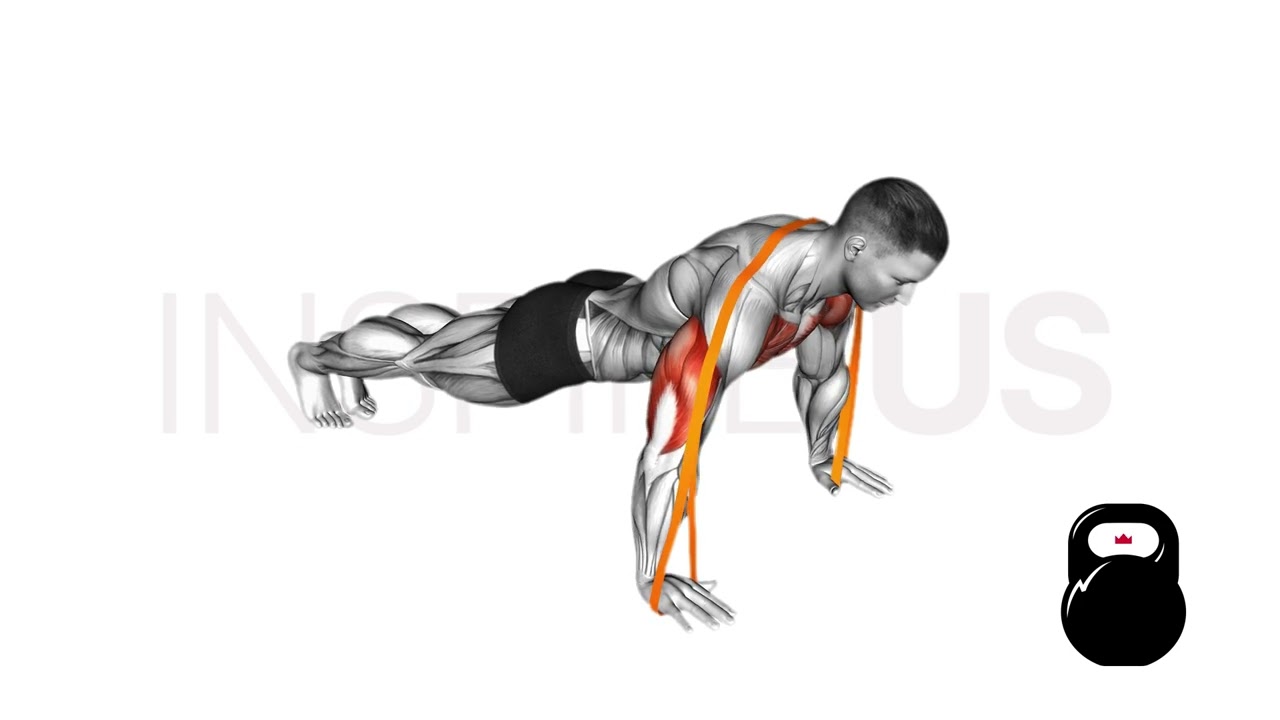Resistance Band Push-Ups: Benefits, Muscles Worked, and More
A resistance band push-up is a variation of the classic push-up exercise that incorporates a resistance band to add extra resistance and difficulty to the movement.
The mechanics of the resistance band push-up are similar to that of a traditional push-up, with the added challenge of working against the resistance of the band.
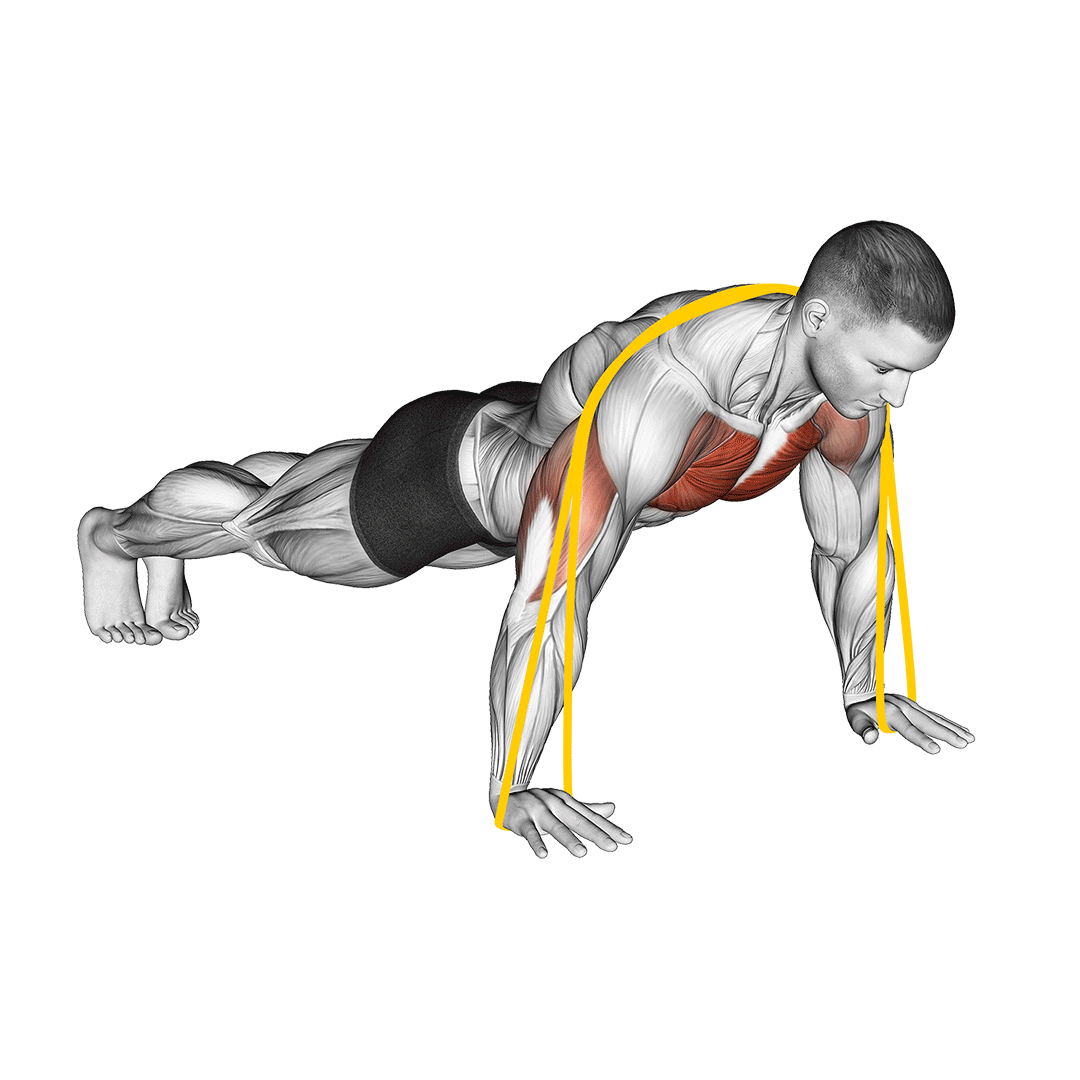
The resistance band push-up targets the same muscle groups as traditional push-ups, with a focus on the chest, triceps, and shoulders. However, the resistance band adds an extra level of difficulty to the exercise, increasing muscle activation and building strength and endurance over time.
Overall, the mechanics of the resistance band push-up are simple yet effective, providing an accessible way for individuals of all fitness levels to improve their upper body strength and overall fitness.
How to Perform a Resistance Band Push-up
Performing resistance band push-ups is a simple process that can be done by anyone with access to a resistance band.
Set up the resistance band by placing it around one’s back, and positioning it across the shoulder blades. Hold the ends of the band firmly in each hand, ensuring it is taut but not too tight.
Start in a plank position with the hands shoulder-width apart, fingers facing forward, and the body in a straight line from head to heels.
The feet can be positioned hip-width apart.
Keeping the core engaged, bend the elbows and lower the chest towards the ground while maintaining the body in a straight line. The resistance band will provide added tension as the body is lowered.
Once the lowest position is assumed, press through the hands and extend the elbows, pushing the body back up to the starting position. Keep the core tight and maintain a straight line in the body throughout the movement.
Perform the desired number of repetitions, focusing on maintaining proper form and control throughout the exercise.
When performing resistance band push-ups, it is important to maintain proper form and technique throughout the movement. Keep the elbows close to the body, engage the core, and keep the back straight to avoid injury and ensure maximum effectiveness of the exercise.
Muscles Worked by Resistance Band Push-up
Resistance band push-ups are a compound exercise that works multiple muscle groups in the upper body. Understanding the role of each muscle and when it is most active can help optimize the benefits of the exercise.
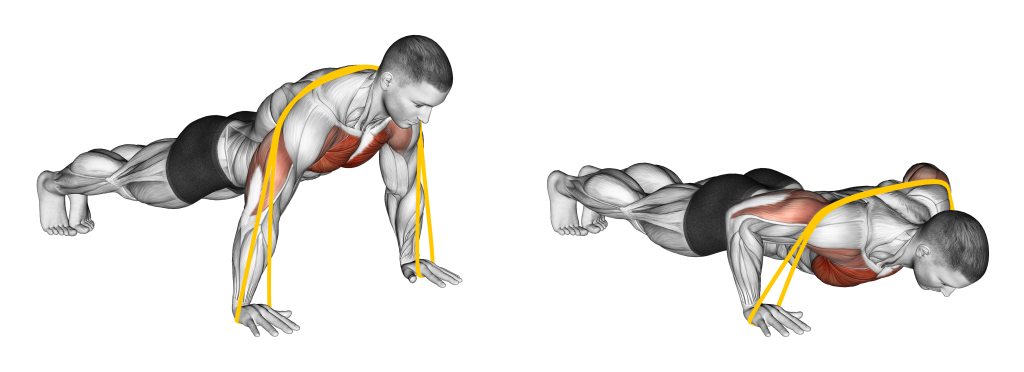
Here's a more detailed breakdown of how each muscle works during the exercise and at what part of the exercise it is most active:
Chest Muscles
The chest muscles, specifically the pectoralis major and minor, are the primary muscles worked during resistance band push-ups. These muscles are responsible for pushing the body up and lowering it back down.
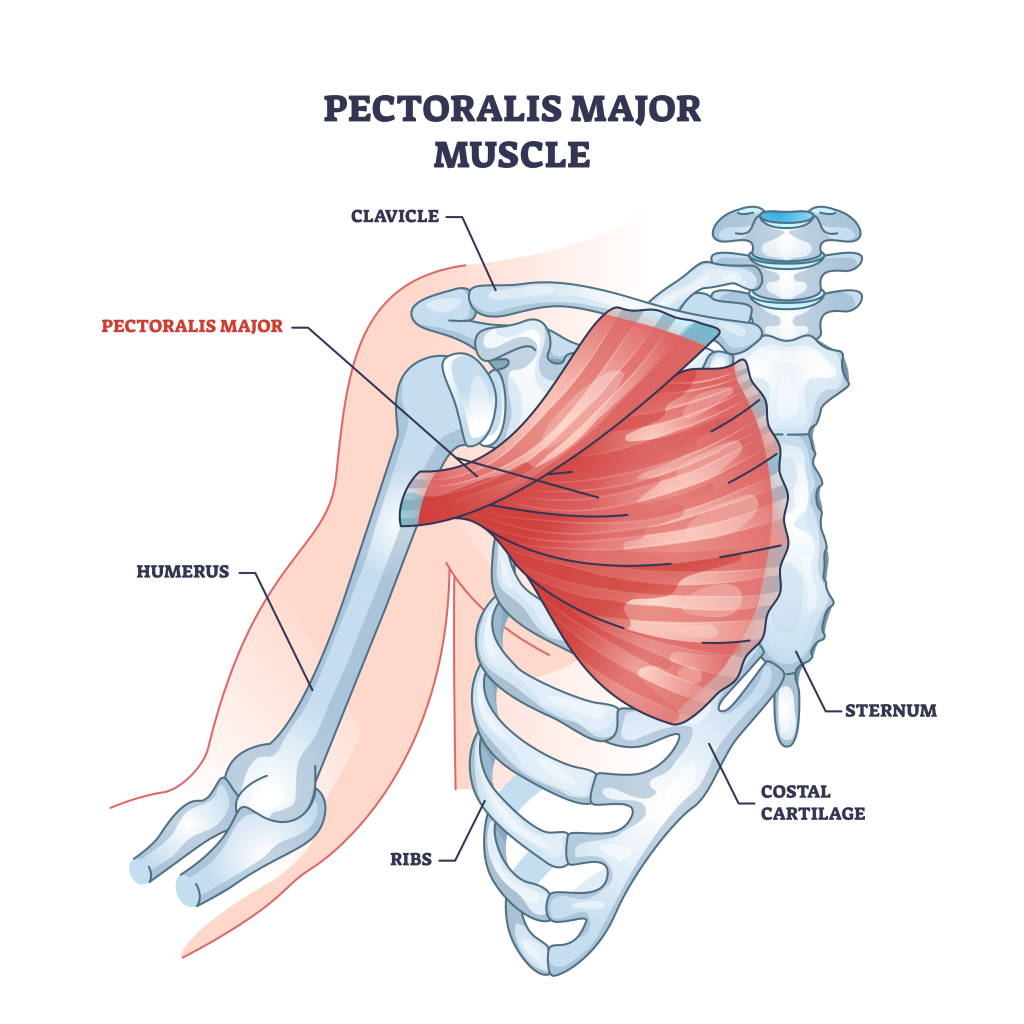
The pectoralis major is the larger of the two chest muscles and is responsible for the majority of the pushing power. The pectoralis minor is a smaller muscle that is located underneath the pectoralis major and helps stabilize the shoulder blade during the exercise.
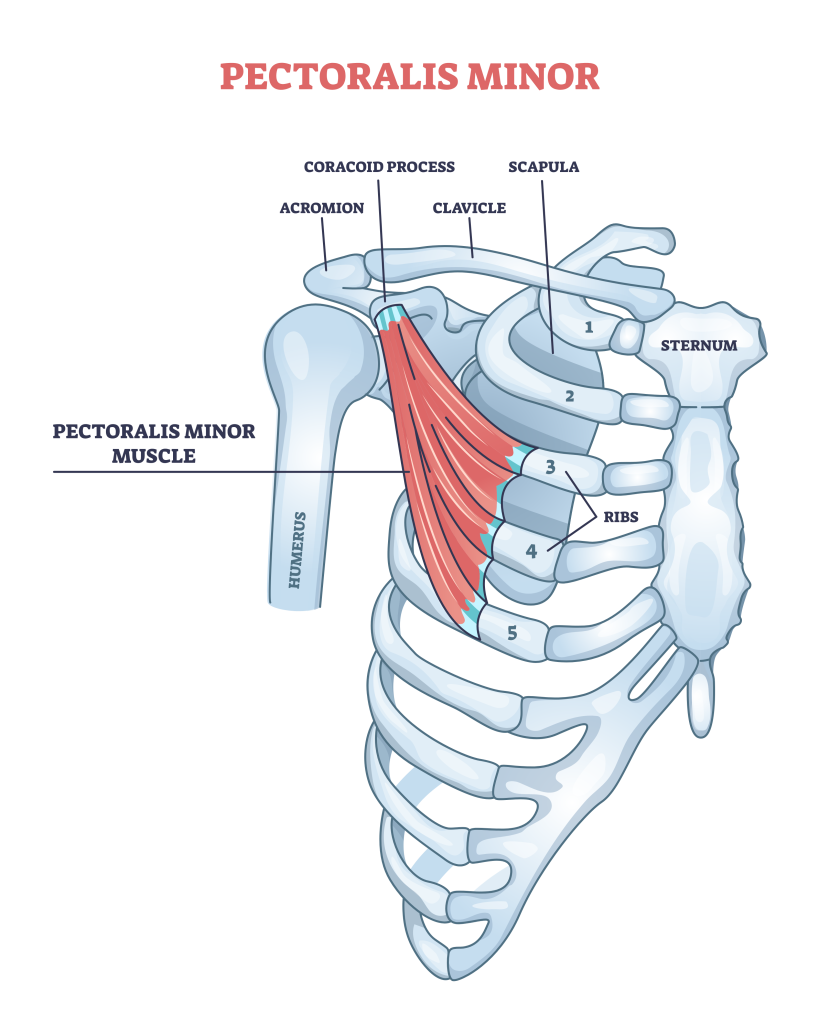
During the upward phase of the exercise, the pectoralis major and minor contract, causing the arms to extend and the body to lift off the ground. This is the most active phase for the chest muscles in resistance band push-ups.
As the body lowers back down to the ground, the chest muscles lengthen and eccentrically contract, which helps to control the descent of the body.
Triceps
The triceps are also highly engaged during resistance band push-ups, specifically during the upward phase of the exercise.
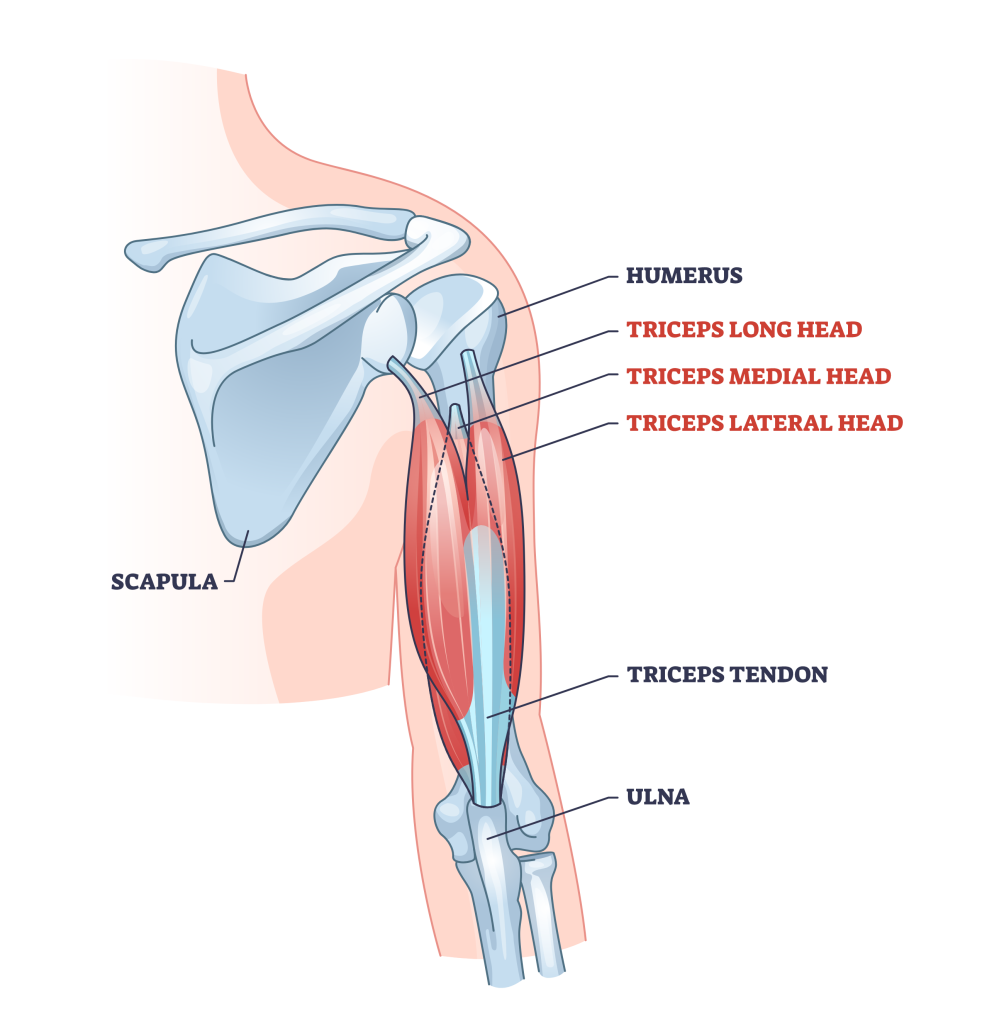
The triceps are located at the back of the upper arm and are responsible for extending the elbow joint. As the arms straighten during the upward phase of the exercise, the triceps contract to extend the elbow joint and push the body up.
Shoulders
The shoulders are made up of several muscles, including the deltoids, which are the primary muscles worked during resistance band push-ups. The deltoids are responsible for shoulder abduction, which is the movement of the arms away from the body.
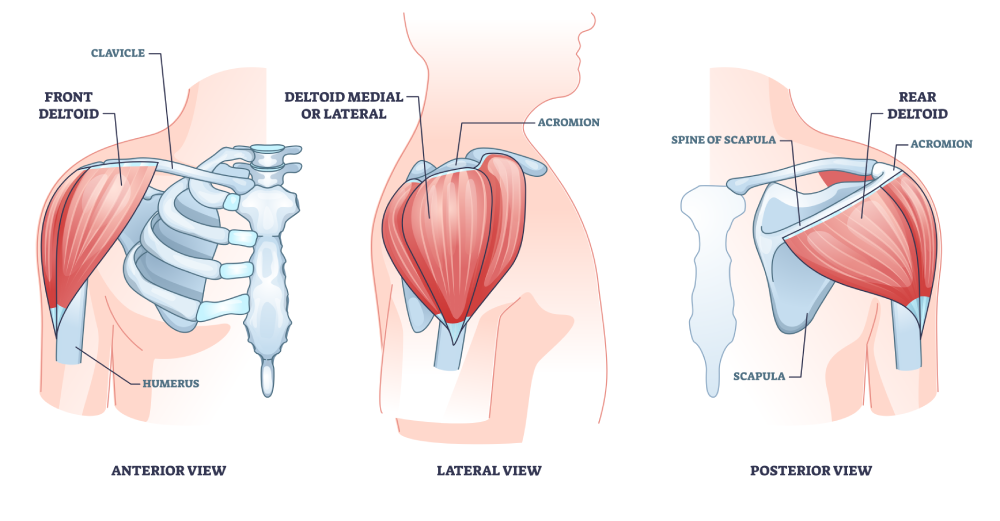
During the upward phase of the exercise, the deltoids contract to raise the arms and shoulder girdle. Among the shoulder muscles, the front deltoids, specifically, are most active during resistance band push-ups.
Core Muscles
The core muscles, including the rectus abdominis, obliques, and transverse abdominis, are also highly engaged during resistance band push-ups. These muscles help to stabilize the spine and pelvis during the exercise, which is important for maintaining proper form and preventing injury.
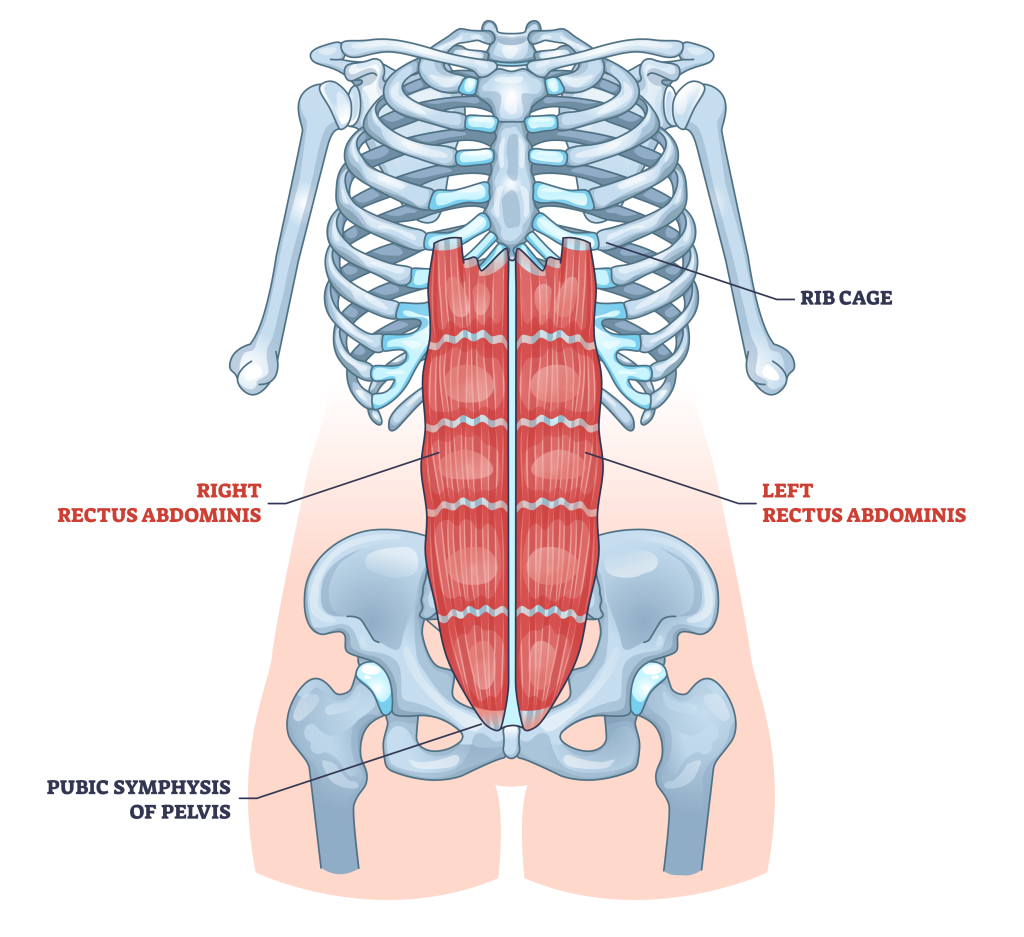
During the upward phase of the exercise, the core muscles contract to stabilize the body and prevent the lower back from sagging. As the body lowers back down to the ground, the core muscles continue to work to maintain stability and prevent excessive arching of the lower back.
Benefits of Doing Resistance Band Push-Ups
Resistance band push-ups offer a variety of benefits for individuals looking to improve their upper body strength and muscle development.
Here are some of the key benefits of doing resistance band push-ups:
Increased Muscle Activation
By incorporating resistance bands into the exercise, individuals can increase the activation of the muscles worked during push-ups. The resistance provided by the bands adds an extra challenge to the movement, forcing the muscles to work harder and promoting muscle growth and strength.
Improved Upper Body Strength
Resistance band push-ups target multiple muscle groups in the upper body, including the chest, triceps, shoulders, and core.
By regularly performing this exercise, individuals can improve overall upper body strength and muscle development, leading to increased functional strength and better performance in daily activities.
Increased Core Stability
In addition to the upper body muscles, resistance band push-ups also engage the core muscles. By incorporating these muscles into the exercise, individuals can improve overall core stability and strength, leading to better posture and reduced risk of injury.
Versatility and Convenience
Resistance band push-ups can be performed virtually anywhere, making them a convenient and versatile exercise option.
The bands are lightweight and portable, making them easy to bring along to the gym or when traveling. Additionally, resistance bands come in a variety of resistance levels, allowing individuals to adjust the intensity of the exercise based on their fitness level and goals.
Joint-Friendly Exercise
Resistance band push-ups are a joint-friendly exercise that can be modified to accommodate individuals with joint pain or injuries. By using resistance bands, individuals can decrease the load placed on the joints during the exercise, making it a safe and effective option for those with joint issues.
Overall, resistance band push-ups offer a variety of benefits for individuals looking to improve their upper body strength and muscle development, as well as their core stability and overall fitness level.
Incorporating this exercise into a regular fitness routine can lead to improved functional strength and better overall physical performance.
Variations of Resistance Band Push-Ups
Resistance band push-ups can be modified in various ways to target specific muscle groups or increase the difficulty of the exercise.
Here are some common variations of resistance band push-ups, along with the muscles they target, the benefits they offer, and the step-by-step procedure for each variation:
1. Wide-Grip Push-Up
Muscles Targeted: Chest (pectoralis major), shoulders, triceps.
Benefits: The wide-grip push-up primarily targets the chest muscles, making it a great option for chest-focused workouts. It also engages the shoulders and triceps. The wider hand placement increases the activation of the chest muscles, helping to improve chest strength, muscle definition, and upper body pressing power.
To perform wide-grip push-ups, loop the resistance band around the hands, over the shoulders, and back, and place both hands on the floor. Assume a plank position, with the hands positioned wider than shoulder-width apart on the resistance band.
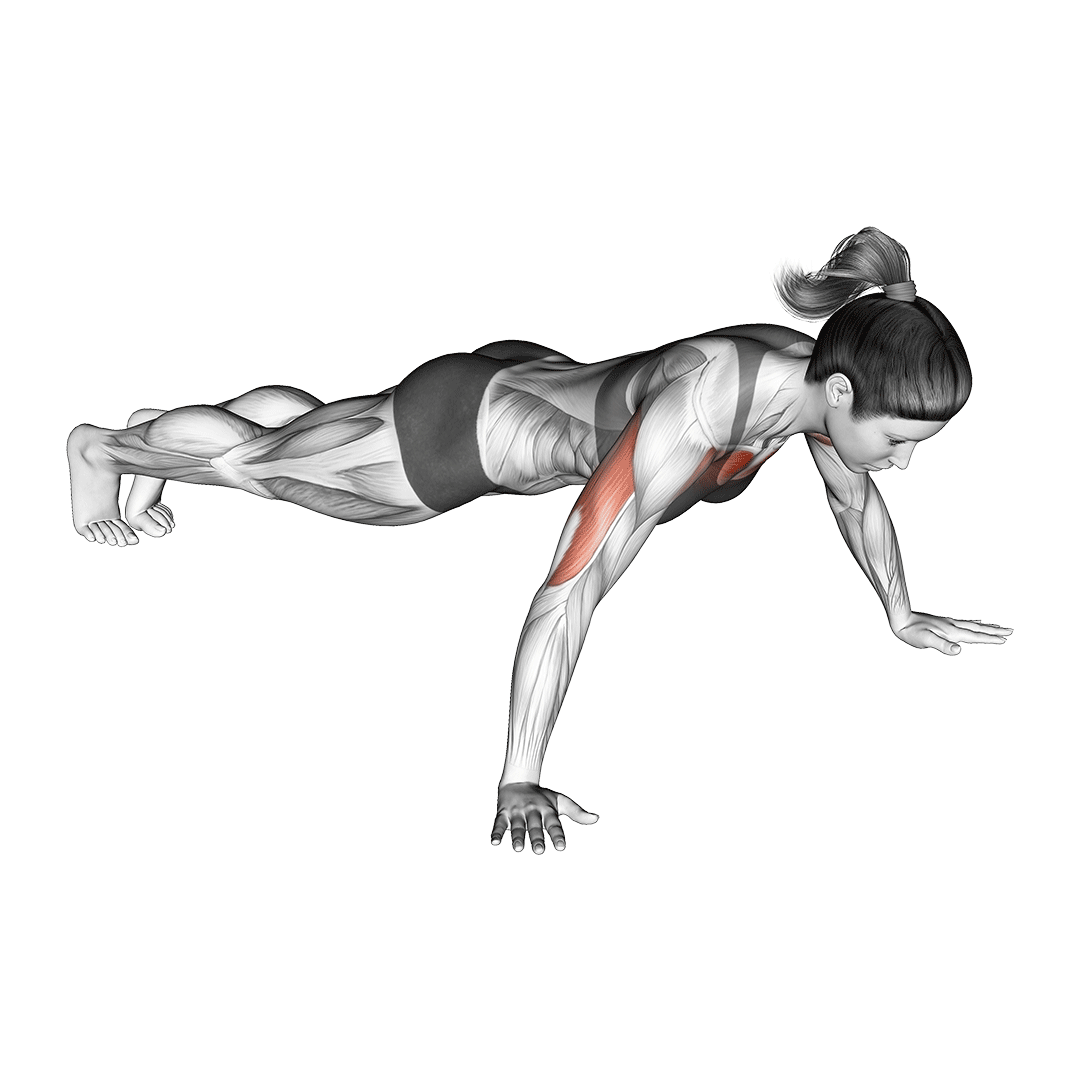
Lower the body towards the floor, keeping the body in a straight line. Push back up to the starting position, fully extending the arms. Repeat for the desired number of repetitions.
2. Close-Grip Push-Up
Muscles Targeted: Triceps (triceps brachii), chest, shoulders.
Benefits: The close-grip push-up primarily targets the triceps, making it a great option for triceps-focused workouts. It also engages the chest and shoulders. The closer hand placement increases the activation of the triceps, helping to improve triceps strength, muscle definition, and pressing power.
To perform close-grip push-ups, loop the resistance band around the hands, shoulders, and back, and place both hands on the floor. Assume a plank position, with the hands positioned closer than shoulder-width apart on the resistance band, forming a diamond shape with the fingers.
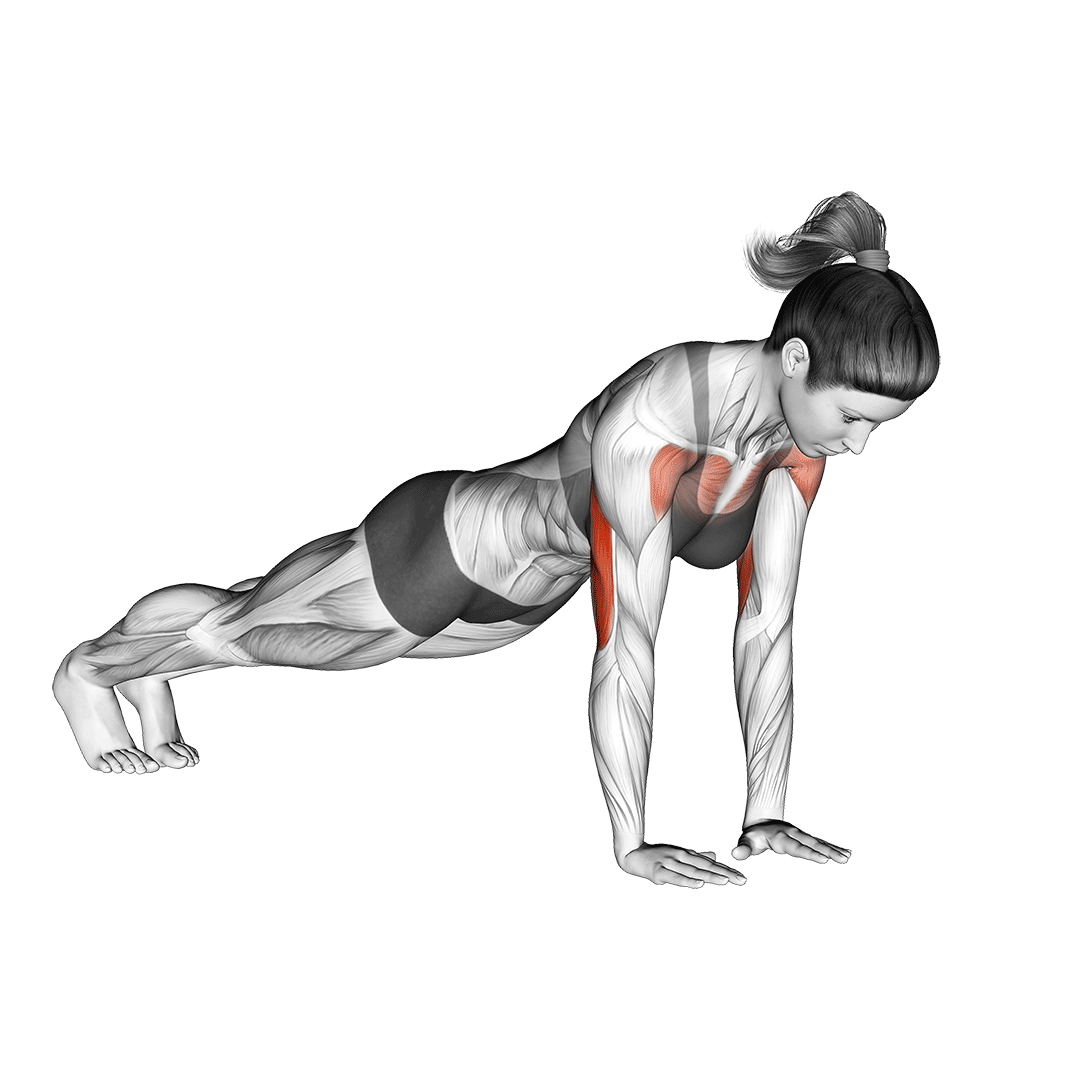
Lower the body towards the floor, keeping the body in a straight line. Push back up to the starting position, fully extending both arms. Repeat for the desired number of repetitions.
3. Banded Plyometric Push-Up
Muscles Targeted: Chest, shoulders, triceps, core.
Benefits: The banded plyometric push-up is an advanced variation of resistance band push-ups that adds an explosive component to the exercise. It targets the chest, shoulders, triceps, and core muscles, while also improving upper body power, explosiveness, and athleticism.
With the resistance band looped around the back, and shoulders, and anchored at the hands, assume a plank position, with the hands positioned shoulder-width apart.
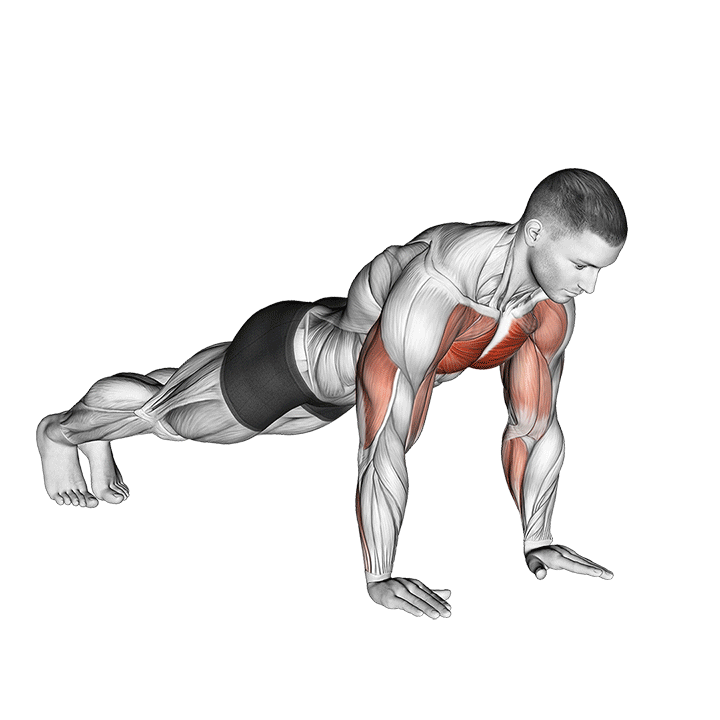
Lower the body towards the floor, keeping the body in a straight line. Explosively push off the floor with enough force to allow the hands to leave the ground momentarily. Land softly back on the ground and immediately lower the body back towards the floor.
Push back up to the starting position, fully extending your arms. Repeat for the desired number of repetitions.
Frequently Asked Questions (FAQs)
Can resistance band push-ups be modified for beginners?
Yes, resistance band push-ups can be modified for beginners by using a lighter resistance band or by performing the exercise on the knees rather than the toes.
It is important to start with a lower resistance or modification and gradually increase the intensity as strength and fitness level improves.
How do I choose the right resistance band for resistance band push-ups?
Choose a resistance band that provides enough tension to challenge the muscles, but not so much that it compromises proper form. Experiment with different resistance levels to find the right level of challenge for your fitness level and goals.
How many repetitions and sets should I do for resistance band push-ups?
The number of repetitions and sets will depend on your fitness level and goals.
Generally, aim for 3-4 sets of 8-12 repetitions, with a 30-60 second rest period in between sets.
Can resistance band push-ups help me lose weight?
Resistance band push-ups can be a beneficial exercise for weight loss when combined with a healthy diet and overall exercise program. This exercise targets multiple muscle groups, increasing muscle mass and metabolism, which can lead to improved weight loss results.
What other exercises can I incorporate with resistance band push-ups for a full upper body workout?
Other exercises that can be incorporated with resistance band push-ups for a full upper body workout include dumbbell chest press, shoulder press, bicep curls, and tricep extensions.
By combining multiple exercises, individuals can target multiple muscle groups for a comprehensive upper body workout.
Can resistance band push-ups cause injury?
Like any exercise, resistance band push-ups can cause injury if not performed properly. It is important to maintain proper form, use appropriate resistance levels, and gradually increase intensity to prevent injury.
If you have a history of joint pain or injury, consult with a healthcare professional before performing resistance band push-ups or any new exercise program.

